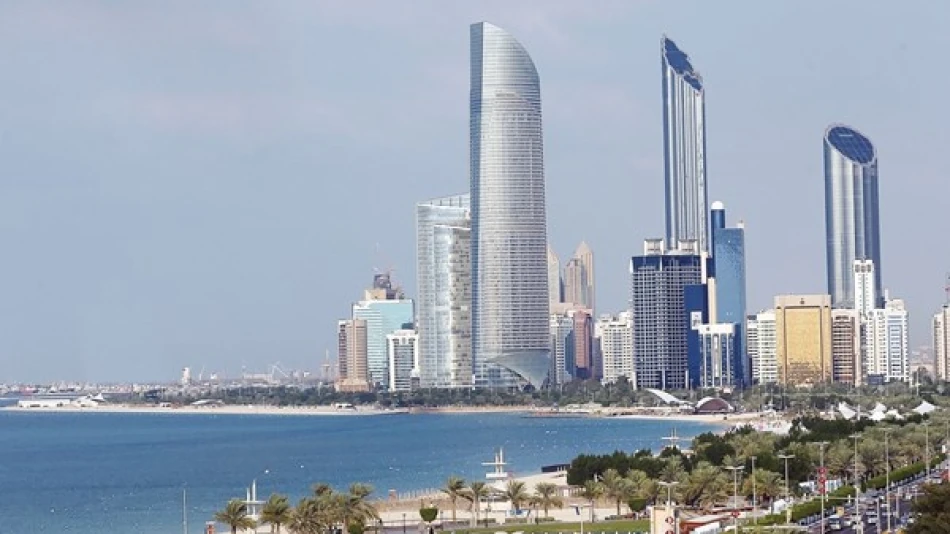
Soaring Temperatures and Possible Showers Ahead: Weather Forecast Update
UAE Braces for Temperature Spike as Summer Heat Intensifies Across Emirates
The UAE is set to experience a notable temperature rise with partly cloudy skies and potential rainfall in eastern and southern regions, as the country transitions deeper into its challenging summer season. With temperatures reaching up to 48°C in inland areas and humidity creating uncomfortable conditions along coastal zones, residents face another demanding day of extreme weather conditions that have become increasingly common in the Gulf region.
Regional Weather Patterns Signal Seasonal Shift
According to the National Center of Meteorology, Tuesday's weather will range from clear to partly cloudy, with cumulus cloud formation expected in eastern and southern areas. These conditions reflect typical pre-summer patterns in the Arabian Peninsula, where temperature gradients between coastal and inland areas create localized weather systems.
The forecast indicates a slight but significant temperature increase across all emirates, with Al Ain and Liwa bearing the brunt of extreme heat at 47°C and 48°C respectively. These inland desert locations consistently record the highest temperatures in the UAE, often serving as early indicators of the intense summer months ahead.
Humidity Creates Double Challenge for Residents
Coastal areas face a different but equally challenging weather scenario, with humidity levels reaching up to 90% in some regions. Dalma Island and both Greater and Lesser Tunb islands are expected to experience the highest humidity levels, creating oppressive conditions despite relatively moderate temperatures of 36-40°C.
Urban Heat Islands Intensify Discomfort
Major urban centers like Dubai and Ras Al Khaimah will see temperatures climb to 44°C, while maintaining significant humidity levels of up to 75%. This combination creates what meteorologists call a "heat index" effect, where the perceived temperature feels considerably higher than actual readings.
The coastal city of Fujairah presents an interesting contrast, with the lowest maximum temperature of 35°C but the highest minimum humidity at 70%, demonstrating how proximity to the Sea of Oman influences local weather patterns.
Wind and Maritime Conditions Offer Limited Relief
Light to moderate winds ranging from 10-25 km/h, occasionally reaching 40 km/h, will provide some respite during daytime hours. However, these southeasterly to northwesterly winds may stir up dust, potentially affecting air quality and visibility in urban areas.
Both the Arabian Gulf and Sea of Oman will experience light wave conditions, with detailed tidal information provided for maritime activities. The Arabian Gulf will see high tides at 11:09 and 21:32, while the Sea of Oman's tidal peaks occur at 17:36 and 08:29.
Broader Climate Context and Implications
This weather pattern aligns with broader regional trends affecting the Gulf Cooperation Council countries, where rising temperatures and increased humidity are becoming more pronounced during transition periods between seasons. The UAE's investment in weather monitoring and prediction capabilities reflects the critical importance of accurate forecasting for a nation where extreme weather significantly impacts daily life, energy consumption, and economic activities.
The formation of light fog during overnight and early morning hours, particularly in coastal and inland areas, may affect transportation and require additional caution for commuters and aviation schedules.
Most Viewed News

 Layla Al Mansoori
Layla Al Mansoori






